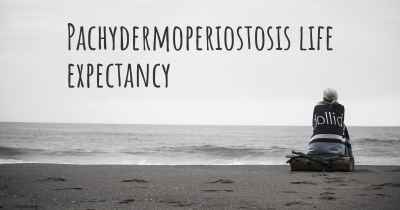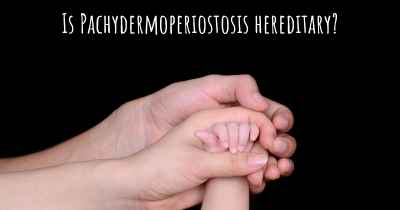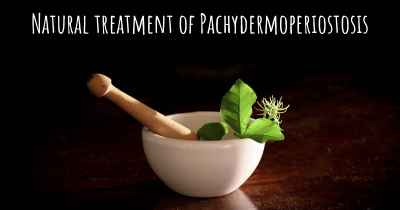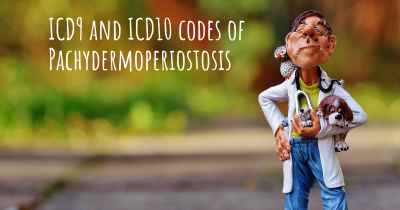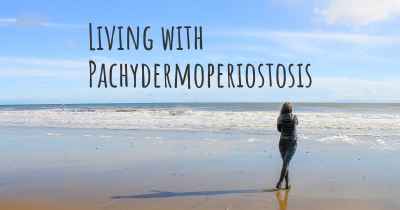Is it advisable to do exercise when affected by Pachydermoperiostosis? Which activities would you suggest and how intense should they be?
See if it is advisable for people with Pachydermoperiostosis to practice sports and which ones are the most recommended if you have Pachydermoperiostosis
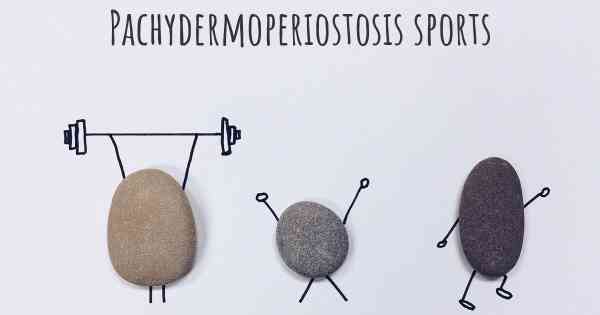
Exercise Recommendations for Pachydermoperiostosis
Pachydermoperiostosis is a rare genetic disorder characterized by thickening of the skin, enlargement of the bones, and joint pain. While exercise is generally beneficial for overall health, it is important to approach it with caution when affected by this condition. Consulting with a healthcare professional is crucial to determine the most suitable exercise regimen based on individual symptoms and limitations.
Low-Impact Aerobic Activities:
Engaging in low-impact aerobic exercises can help improve cardiovascular fitness without putting excessive strain on the joints. These activities are generally recommended for individuals with Pachydermoperiostosis. Some suitable options include:
- Walking: A brisk walk can be an excellent low-impact exercise to improve cardiovascular health and maintain joint mobility.
- Cycling: Riding a stationary bike or cycling outdoors can provide a cardiovascular workout while minimizing stress on the joints.
- Swimming: Swimming and water aerobics are gentle on the joints and can help improve strength, flexibility, and overall fitness.
Strength Training:
Strength training exercises can help maintain muscle strength and support joint stability. However, it is important to use light weights and focus on proper form to avoid excessive strain. Some suitable strength training exercises for individuals with Pachydermoperiostosis include:
- Bodyweight exercises: Push-ups, squats, lunges, and planks can be performed without the need for additional weights.
- Resistance band exercises: Using resistance bands can provide gentle resistance for strengthening muscles without putting excessive stress on the joints.
- Lightweight exercises: Using light dumbbells or weight machines with low resistance can help maintain muscle tone and strength.
Flexibility and Range of Motion Exercises:
Stretching exercises can help improve flexibility, maintain joint range of motion, and alleviate stiffness associated with Pachydermoperiostosis. Some beneficial exercises include:
- Gentle yoga: Practicing yoga poses that focus on stretching and relaxation can help improve flexibility and reduce joint discomfort.
- Range of motion exercises: Performing gentle movements that target each joint can help maintain flexibility and prevent stiffness.
- Stretching exercises: Stretching major muscle groups, such as the hamstrings, quadriceps, and shoulders, can help improve overall flexibility.
Exercise Intensity:
The intensity of exercise should be tailored to individual capabilities and symptoms. It is important to listen to the body and avoid overexertion or activities that cause excessive pain or discomfort. Starting with low-intensity exercises and gradually increasing the duration and intensity can help prevent injury and allow the body to adapt to physical activity.
Conclusion:
While exercise can be beneficial for individuals with Pachydermoperiostosis, it is crucial to consult with a healthcare professional before starting any exercise program. Low-impact aerobic activities, strength training with light weights, and flexibility exercises can all contribute to maintaining overall fitness and joint health. Remember to start slowly, listen to your body, and adjust the intensity as needed to ensure a safe and effective exercise routine.
